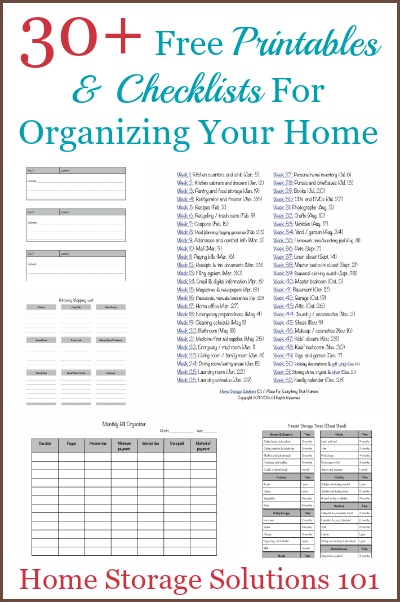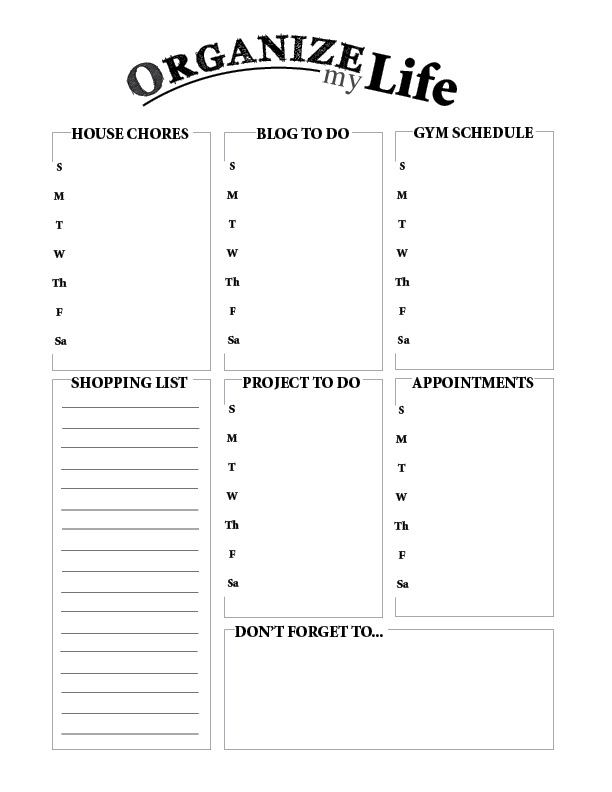

With that, I then hand-write my day’s plan into GoodNotes. Then, for my daily planning, I use the Today view in Things in order to review any tasks that are due today along with any events that I have on my Calendar. I will then reference those as I fill out my Weekly Planning template in GoodNotes and map out my areas of focus and my most important goals for the week. This is pretty much identical to my normal Hybrid method, except that it’s all happening on the iPad.įor my weekly plan - which I usually do on Sunday afternoons or evening - I use the Upcoming view in Things in order to see all the upcoming tasks and calendar events that are due in the next week or so. Since I’ve been all digital with my workflow over this past week, I’ve been opening up Things and GoodNotes side by side in split view. My Task and Time Management Workflow: Using GoodNotes Alongside Things In a minute, I’ll share about why this build-your-own approach is so great, but first I want to explain what my day-to-day workflow has looked like with GoodNotes on the iPad. You can literally build your own Notebook as you go by adding pages on the fly and changing the template of any page to the one you want to use (from any of the custom ones or using the built-in page templates that come with GoodNotes, such as a dot grid layout). GoodNotes makes it incredibly simple to use these custom page templates within your notebook. With my new templates in place, I then created a new notebook in GoodNotes and titled it with a similarly original and unique name: Shawn’s Planner. I set them up in their own group that I named Shawn’s Planners.
#HOW TO ORGANIZE YOUR LIFE TEMPLATES PDF#
Building Your Own Notebook with Custom GoodNotes Templatesīelow is a screenshot of what it looked like in GoodNotes after I imported each of my PDF productivity templates. This is how I began using a fully digital productivity workflow that is based on my hybrid method. So, as part of All the Things, I also created each of the above templates as PDFs and included them as tools and references for everyone who signs up for the course.Īll of this is simply to say that since I had these PDFs on my iPad already, I figured it would be fun to use them digitally, so I imported them into GoodNotes as my own set of custom page templates. And, it’s not easy to remember the templates and start from scratch every month and week. Now, normally all of the above goes into my Baron Fig Notebook (a process I explain in detail as part of my All the Things productivity course).īut, let’s be honest: Not everyone wants to hand-write their monthly / weekly / daily goals out. It doesn’t feel like a lot to me, but I suppose I’ve become so familiar with them that it feels simple and approachable. When I see them all listed out like that, it actually seems like a lot.

The aforementioned templates that I use on a regular basis include the following: My hybrid method, and my approach to task and time management, are all explained in much more detail in our productivity course, All the Things. I also have a customized daily habit tracker that was deeply inspired by the Clear Habit Journal.

My personal templates help me focus on my month’s goals, my week’s goals, my daily tasks and schedule, and my weekly reviews. For years I have used what I call my Hybrid Productivity Method (I call it that because it combines both digital and analog tools to help me manage my tasks and my time).Īnd, over the years, I’ve developed my own templated structure for how I am able to map out and focus on the things I need to do. Long-time readers will know this is a departure from my normal productivity tools.
#HOW TO ORGANIZE YOUR LIFE TEMPLATES PLUS#
(Quick side note, if you also want to experiment with using custom productivity templates in GoodNotes, we’ve put together a guide plus a few of my custom templates. Over the past few weeks, I’ve been experimenting with custom GoodNotes templates as a replacement for using my physical notebook.


 0 kommentar(er)
0 kommentar(er)
